3D SCANNERS
Reverse Engineering and Portable 3D Scanning Equipment
ACCURATE AND PROFESSIONAL 3D IMAGING
GoEngineer offers a variety of 3D Scanning technologies that have been developed to meet the specific needs of a wide range of applications, serving the needs of the aerospace, automotive and oil & gas industries. From professional-grade to metrology-grade, they provide users with highly accurate, portable and easy-to-use solutions.
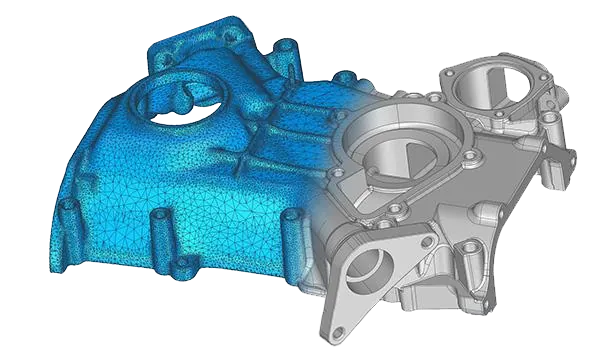
Additional Resources
Take Advantage of GoEngineer’s Extensive Knowledge Base and Resources

Find a Solution
Our robust Knowledge Base contains over 12,000 resources to help answer your product design questions. From basic CAD questions to in-depth guides and tutorials, find your solution here. Find a Solution

PROFESSIONAL TRAINING
Improve your skills with professional training and certifications in SOLIDWORKS, CAM, 3D Printing, and 3D Scanning offered four ways: self-paced, online, on-site, or in-classroom. Certified Training Courses

BLOG
#1 Technical Resource Worldwide - Right at your fingertips. Search or browse through hundreds of SOLIDWORKS tips & tricks, additive manufacturing product developments, announcements, how-to guides, and tutorials. Blog
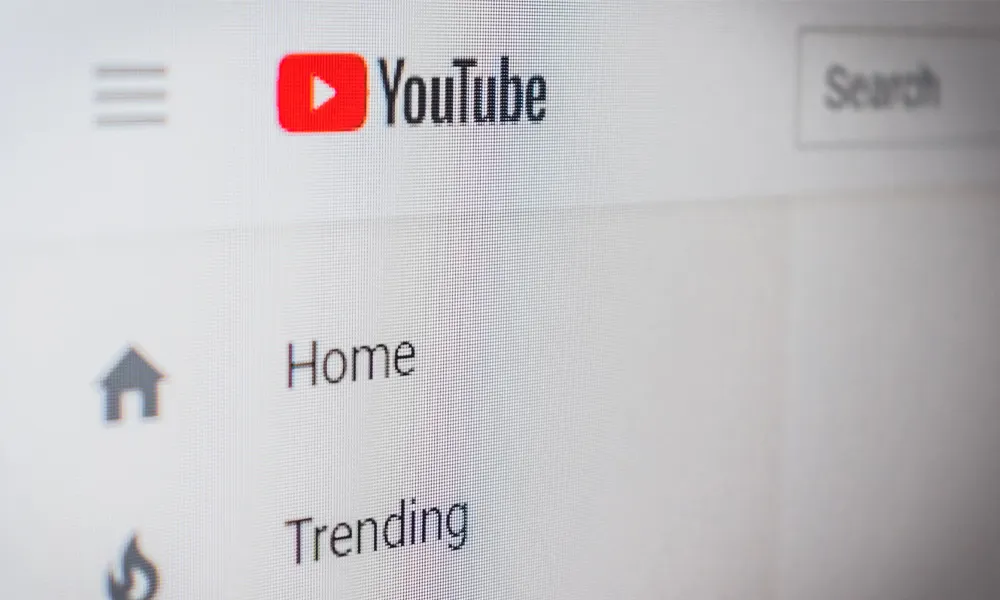
YouTube Channel
Our YouTube channel hosts hundreds of educational tutorials, product demonstrations, recorded webinars, and best practices for all of our products and services. GoEngineer's YouTube Channel
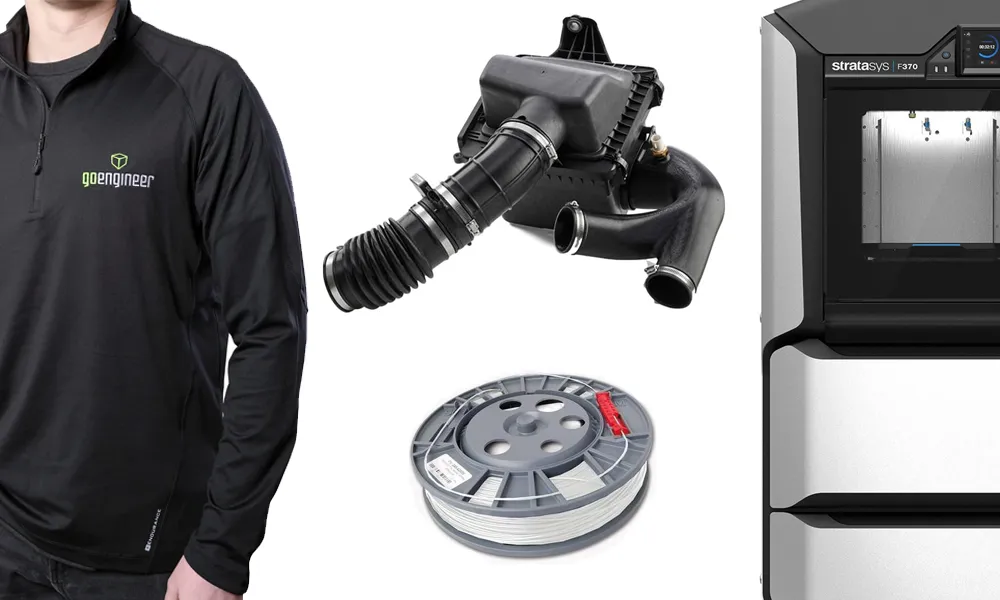
ONLINE STORE
Order 3D printing materials and consumables, enroll in SOLIDWORKS training classes, and buy official GoEngineer gear directly from our online store. Online Store
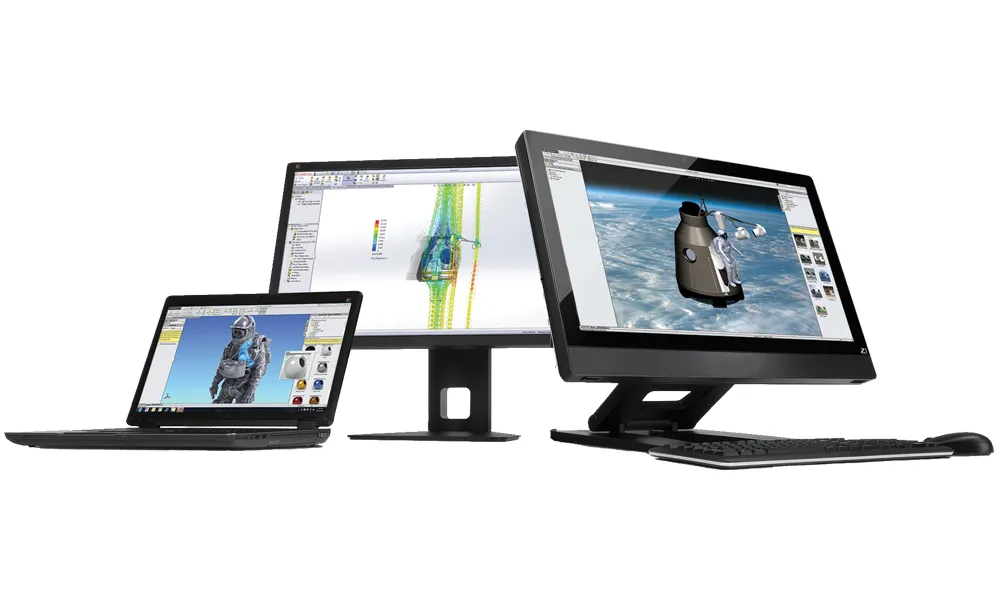
WEBINARS
Our engineering webinars are hosted by some of the top experts in the industry. They are always recorded, always free, and always offer a live Q&A. WEBINARS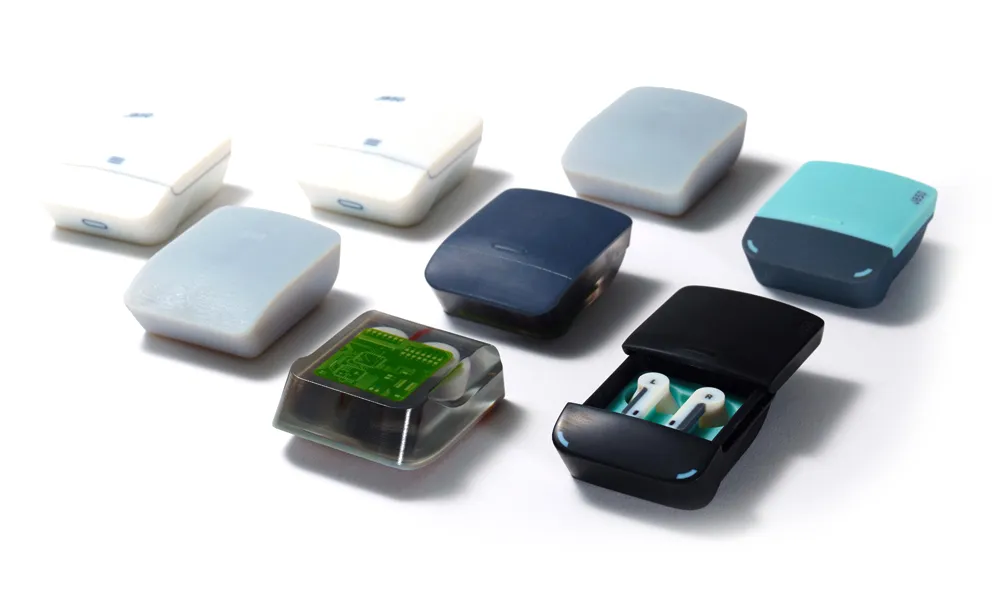
3D Printing Services
Need to 3D print a part? Our Additive Manufacturing experts will 3D print your part and deliver it to you using the latest technology on one of our professional FDM, PolyJet and SL 3D printers. 3D Printing Services
Simulation Services
GoEngineer's CAE consultants help you design better products faster. Our advanced FEA & CFD services provide critical engineering insight to world-class OEMs, suppliers, and start-ups alike.Simulation Services
×
![]()


